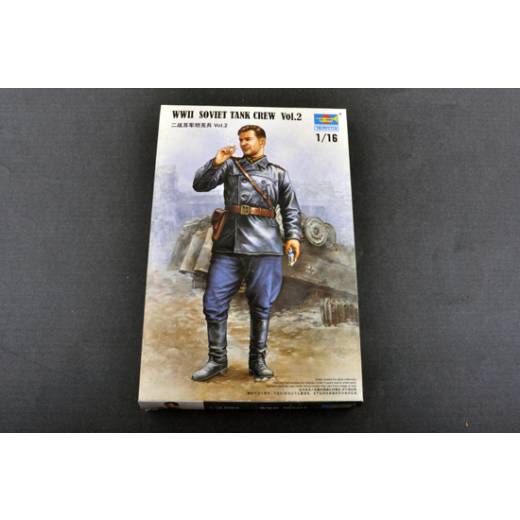This is a Scale Model Kit, Paint and Glue are not included.
At the outbreak of World War I in August 1914, the entire British army, including infantry, consisted of volunteers and numbered around 250,000. regular troops. It is worth adding that the army underwent considerable changes after the Second Boer War (1899-1902), which concerned uniforms (e.g. the introduction of khaki uniforms), equipment and weapons. She was undoubtedly excellently trained and put a lot of emphasis on shooting training. However, the realities of World War I led to the introduction of general conscription in Great Britain in January 1916, which led to a significant increase in the size of the British armed forces - including infantry. As in other European armies at that time, the basic organizational unit at the tactical and operational level was the division. For example, the 27th Infantry Division formed in 1914 consisted of three, and from 1915, four infantry brigades. In addition, there were support units in the form of artillery units, sappers, medical and supplies. The primary weapon of the British infantryman was the Lee Enfield Mark III Short Magazine rifle. During the course of the war, the successful light Lewis machine guns were introduced on a large scale. The field artillery units, on the other hand, most often used 84 mm 18-pounder guns. The tactics of British infantry in the course of the war clearly changed and evolved - from emphasizing the fire of a single infantryman, through attack with a tyralier, to the use in 1918 of the most flexible tactics of attack with the maximum use of machine guns and grenades. It is worth adding that at the end of 1918, the British army had a total of 3.82 million soldiers formed in 70 divisions. The lion's share of them are infantry. It is quite commonly accepted that the British infantry underwent its baptism of fire in World War I at Mons in 1914, and its bloodiest battle was the Battle of the Somme in 1916.




